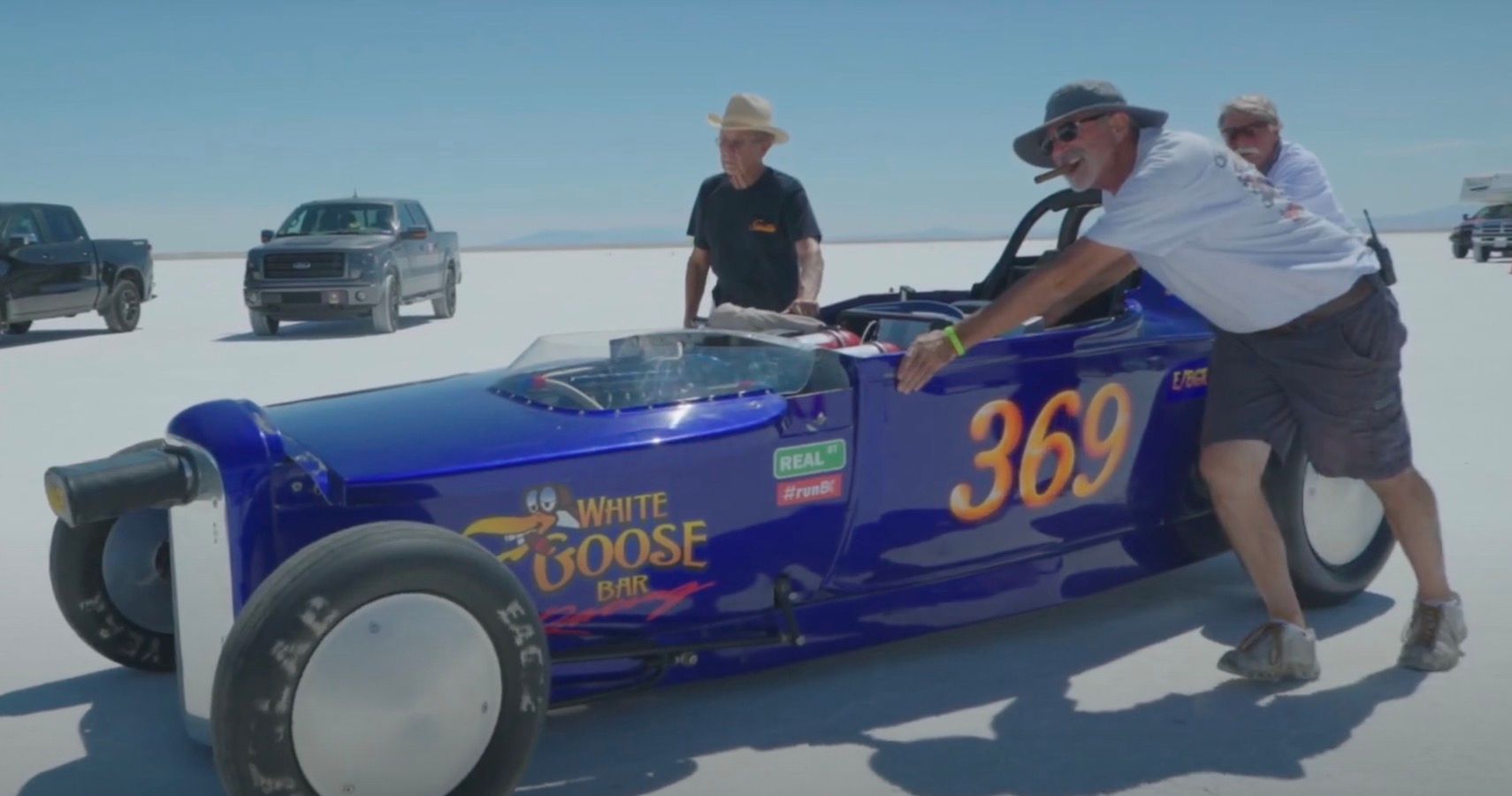

This is due to the fact that bigger, heavier battery packs can deliver more current, and thus potentially have a performance advantage over lighter vehicles. With an eye to that, land speed competitors in electric classes are typically classified into weight classes. This means that heavy batteries aren’t always needed, as the distance a competitor must travel is short, and even if the batteries are heavy, it doesn’t excessively affect top speed.


Additionally, only one or two runs is required to set a record. These tracks are long enough that acceleration is of little concern, which is of great benefit to electric runners. The Need For SpeedĪt the most famous land speed trials, such as Bonneville’s Speed Week, speed runs take place over miles and miles of open salt, with timing traps along the way to determine competitor’s speeds. Like most motorsports, the history of land speed racing has traditionally been centred around internal combustion, but electric racers have long been out there chasing land speed records as well. Most cars typically run on huge, flat salt pans, and racers run flat out for miles in a straight line, attempting to push their machines to the limit. Land speed racing is a pursuit of ultimate speed above all else.


 0 kommentar(er)
0 kommentar(er)
